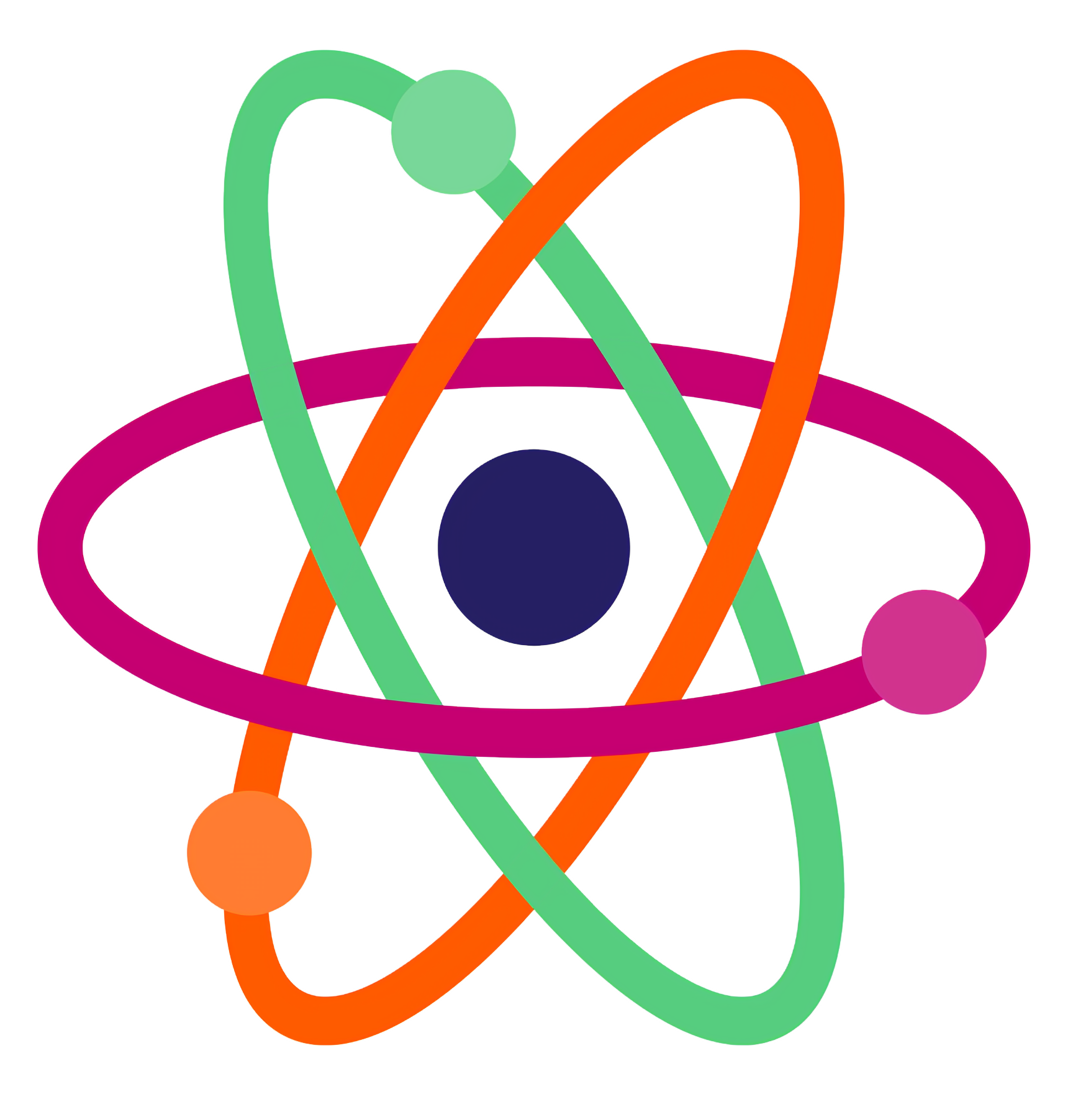Skip to main content
List of Interesting Lengths: From Very Small to Very Large
- 1 Picometre (pm) = 10⁻¹² metres
- Example: The size of an atom’s nucleus.
- Context: Imagine the nucleus of an atom as a tiny speck at the center of a football stadium, where the atom itself is the entire stadium! This is too small to see even with the best microscopes.
- Relevance: Introduces students to the subatomic world.
- 1 Nanometre (nm) = 10⁻⁹ metres
- Example: The width of a DNA molecule (about 2 nm).
- Context: A DNA molecule is like a super-thin thread that carries instructions for life, so small that billions fit inside a single cell.
- Relevance: Connects to biology and nanotechnology.
- 1 Micrometre (μm) = 10⁻⁶ metres
- Example: The size of a typical bacterium (1–10 μm).
- Context: Bacteria are so tiny that you need a microscope to see them, yet they’re everywhere, like on your skin or in yogurt!
- Relevance: Links to health and microscopy.
- 1 Millimetre (mm) = 10⁻³ metres
- Example: The thickness of a coin (about 1–2 mm).
- Context: You can measure this with a ruler! It’s the size of small things like an ant or the lead in a pencil.
- Relevance: Familiar from Chapter 5 activities measuring small objects.
- 1 Centimetre (cm) = 10⁻² metres
- Example: The length of a paperclip (about 3 cm).
- Context: Easy to measure with a ruler, like the width of your finger or a small toy.
- Relevance: A common unit in Class 6 experiments.
- 1 Metre (m)
- Example: The height of a typical classroom table (about 1 m).
- Context: The standard unit of length, like the distance from the floor to your waist or the length of a big step.
- Relevance: Central to Chapter 5’s focus on standard units.
- 1 Kilometre (km) = 10³ metres
- Example: The distance of a short walk to a nearby shop (1–2 km).
- Context: Imagine walking to school or a park—it’s far enough to take a few minutes by bicycle!
- Relevance: Introduces larger measurements used in daily life.
- 100 Kilometres (km) = 10⁵ metres
- Example: The distance between two cities (e.g., Delhi to Meerut, about 70–100 km).
- Context: This is how far you might travel by car or train for a day trip.
- Relevance: Connects to geography and travel.
- 384,400 Kilometres
- Example: The average distance from Earth to the Moon.
- Context: It’s so far that it takes light about 1.3 seconds to travel this distance, and astronauts took days to reach the Moon!
- Relevance: Sparks interest in astronomy.
- 149.6 Million Kilometres = 1.496 × 10⁸ km
- Example: The average distance from Earth to the Sun (1 Astronomical Unit, AU).
- Context: This is why sunlight takes about 8 minutes to reach us, and it’s the scale of our solar system.
- Relevance: Expands understanding of vast distances.
- 9.46 Trillion Kilometres = 9.46 × 10¹² km
- Example: One light-year, the distance light travels in a year.
- Context: The nearest star, Proxima Centauri, is about 4.24 light-years away—imagine light speeding for years to get there!
- Relevance: Introduces cosmic scales.
- 2.4 × 10²² Kilometres = 2.4 × 10¹⁹ metres
- Example: The diameter of the observable universe (about 93 billion light-years).
- Context: This is the biggest length we can imagine, covering everything we can see with the most powerful telescopes, from galaxies to stars.
- Relevance: Inspires awe about the universe’s vastness.
